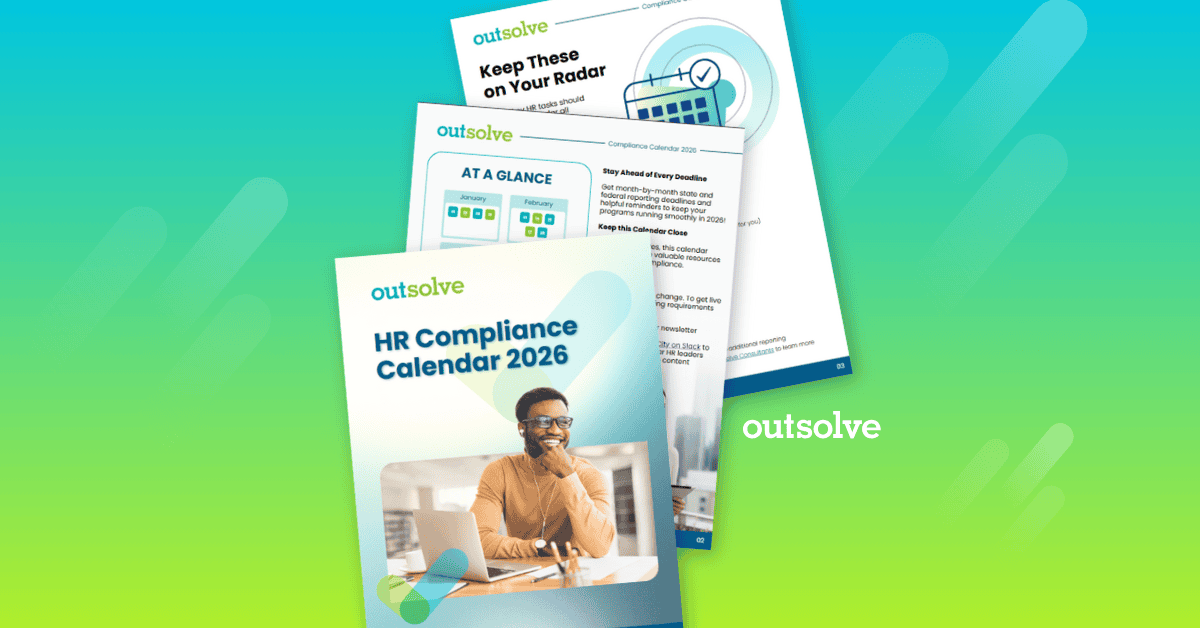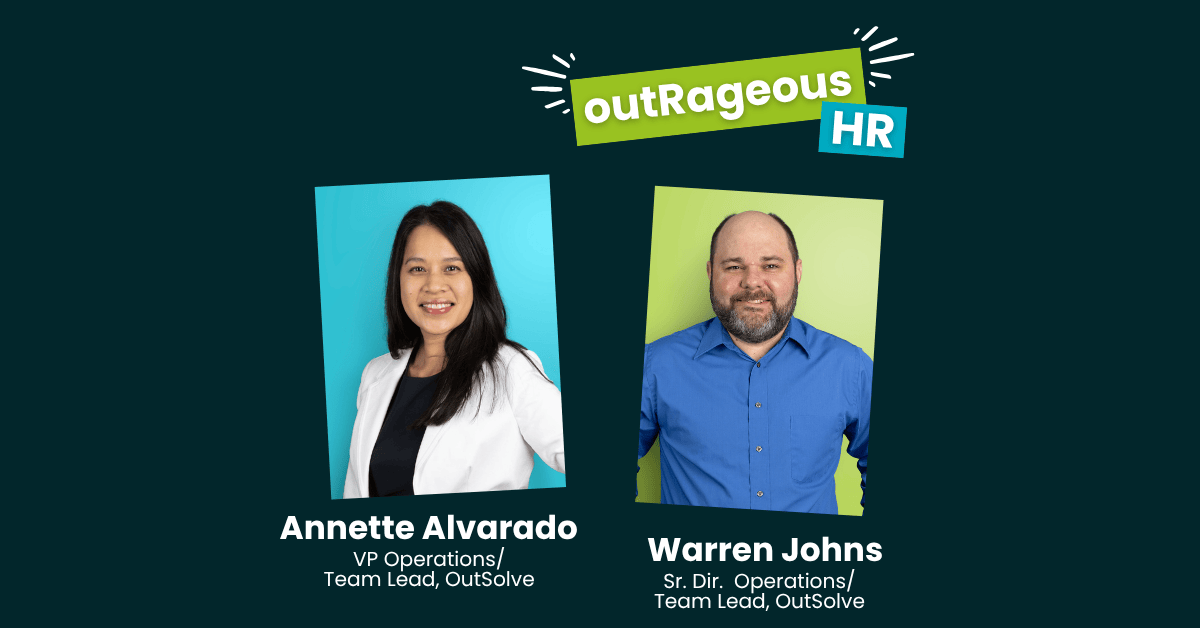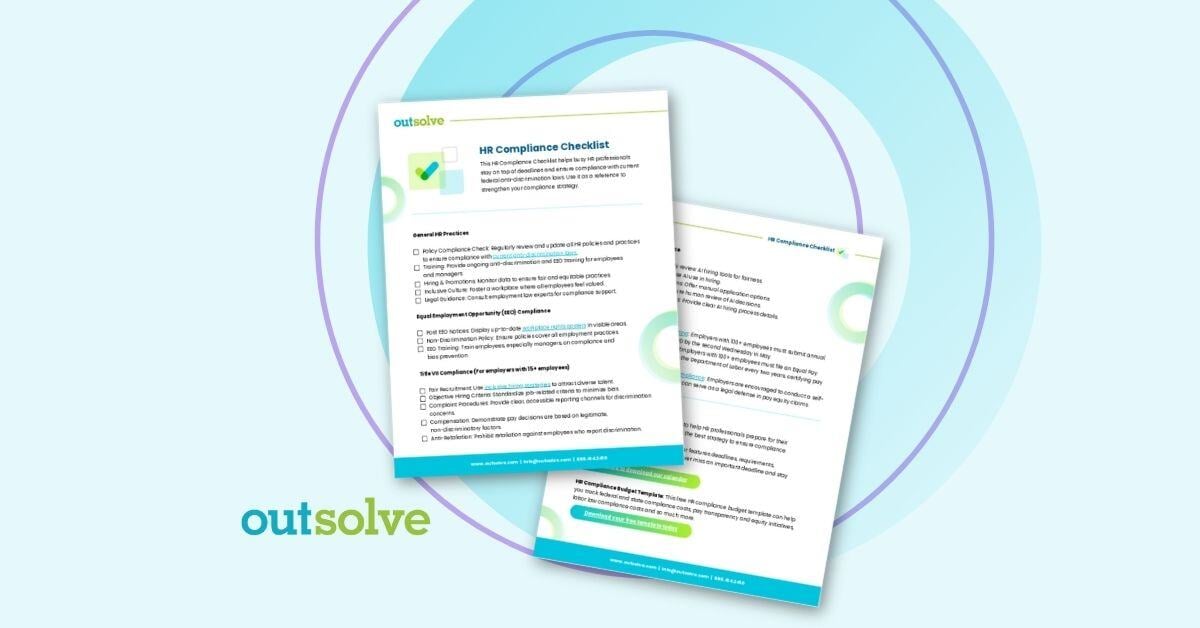I realize that many of you were never gone, and have been working the entire time that many employees have been off. Most of us have learned to do much of our work from home and virtually. I was used to working from home since the government has been allowing telework for years. The virtual world, however, has been a new experience for many of us.
The Equal Employment Opportunity Commission, EEOC, has changed its in-person classes for the rest of this fiscal year to virtual classes. Since I teach for EEOC still, I had to learn how to adapt to virtual teaching. I found that I needed either to embrace the virtual world of teaching, or be left behind. So, embrace it I did.
Although I don’t think there is any replacement for some in-person interaction, the virtual world is very efficient and effective for reaching employees who cannot be together. It seems that we will probably be utilizing virtual meetings and trainings at least for the foreseeable future. Now may be a good time to examine some of your policies and procedures to see how you may be able to transform them to work virtually.
Remember when you are considering using technology for meetings and training, to consider requests for reasonable accommodation. If employees are working from home, the employer is still responsible for providing reasonable accommodations for disabled employees who request them. Employers are not responsible for guessing what employees may need. It is incumbent on the employee to advise the employer of their need for the accommodation. Always remember that there are no magical words for requesting an accommodation, and that someone other than the employee could make the request. Equipment that is furnished while the employee is at the workplace may have to be furnished while the employee is working from home.
For questions related to accommodations that are available for various disabilities, I would encourage you to contact the Job Accommodation Network, JAN. My experience with them has been very good. JAN is a free and confidential service furnished by the Federal government. You can reach JAN through their website at askjan.org. They have specialists who deal with various disabilities, and are familiar with available accommodations. The ADA National Network is another resource that can be utilized for help with accommodations and training.
If you have questions about the Americans with Disabilities Act and/or reasonable accommodation, feel free to reach out to me at eeoadvantage@gmail.com or (502) 553-7648. I hope that the transition to the “new normal” will be seamless for you and your workforce!
President at EEO Advantage, LLC
Weekly OutLook
Featured Posts

New Year, New Deadlines: 2026 HR Compliance Calendar

outRageous HR: Plan Now or Pay Later
Related Posts

In-House or Outsourced I-9 Management: Which Is Best for Your Organization?
Every U.S. employer, regardless of size or industry, is required by law to confirm each new hire’s identity and verify that they are authorized to...

outRageous HR: Building a Compensation Strategy That Actually Works
If your compensation strategy is mostly “gut feeling” plus whatever you did last year… it’s time to rethink your approach.

HR Compliance Checklist: What Every HR Pro Needs to Know
During times of sweeping change to federal laws, and with new state laws being enacted, it's more important than ever for HR professionals to ensure...
 Toni Ahl
Toni Ahl
